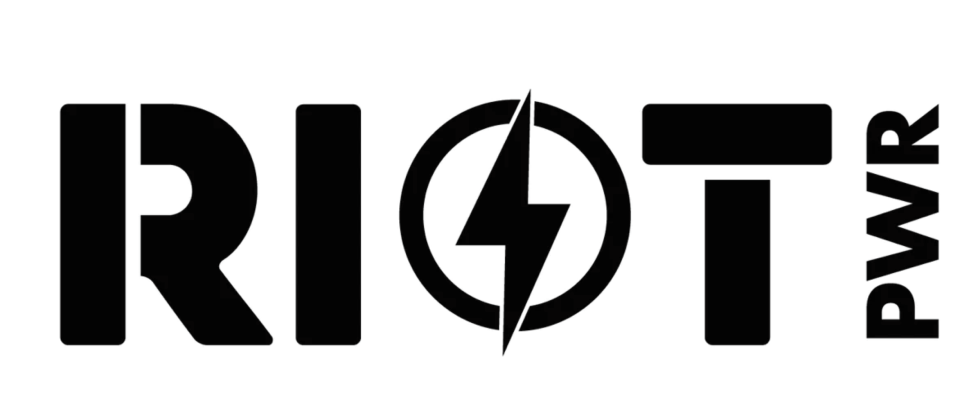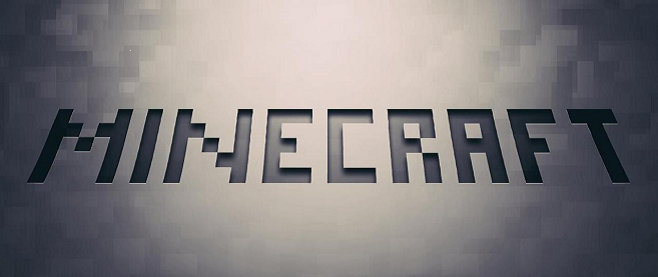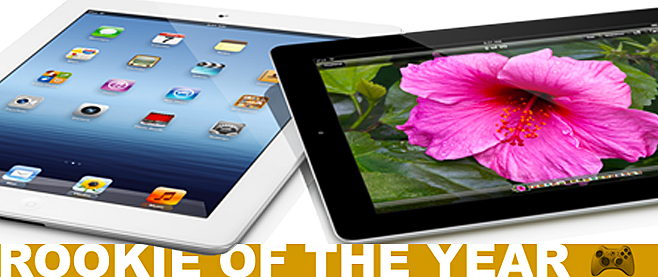
Gaming from the ZX Spectrum to the Cloud: An Interview with RiotPWR’s Fraser Townley
If you grew up during the dawn of gaming in the UK, odds are good the hardware you played on was worked on by Fraser Townley. A giddy fellow with a gleam in his eye, Townley’s been working on personal computers for as long as they’ve been around, including contributions to the cassette-playing ZX Spectrum. However archaic the machine seems now, at the time, for many players of its day, Townley and co. had brought the future to their doorstep.
“I don’t want to reveal my age because one never tells,” Townley says with a hearty laugh. Captivated by what was possible, Townley has kept contributing to gaming companies both in the UK and later worldwide in the years since. “And then we progressed to the proper gaming machines that were coming out, the Commodores… the Ataris… and what have you. I then left Dixons, joined another company, and while I was there, we launched Sega and Nintendo into the UK market.” Or as he humbly puts it, “So I was fairly involved in gaming.”
An involvement that’s continued throughout the decades sees Townley now focused on the growing interest in mobile and cloud gaming. He’s set his sights on capturing the best parts of more traditional gaming options while on the go. That boundless curiosity was apparent the moment I sat down with Townley. Before I’d scarcely asked a question, we’d already dove headfirst into discussing recording setups for interviews and how Zoom was doubtlessly hoping to scrape our conversation for whatever nonsensical AI scheme was waiting around the corner.
His enthusiasm for gaming is tempered only by his engineer’s pragmatism, eagerly recalling how the dawn of 3D with the likes of Tomb Raider was such a jaw-dropping revelation. He even keeps an unpatched iPad around the office with the de-listed mobile ports of the Tomb Raider series, having regularly used them as a benchmark tool for his latest venture: The RiotPWR controller.
“So I was working at the birth of home computing, then I was at the start of console gaming, and now I’m here for the dawn of mobile gaming. So we – my engineers and I – worked for another company from 2012 until about 2018. When we left, we wanted to focus on cloud-based gaming, not necessarily mobile gaming, which is why we focus heavily on a full size controller as opposed to a compromised smaller controller.”

Seizing the opportunity and the booming growth of Xbox Game Pass, Townley managed to not only secure a blossoming relationship with Microsoft, but the blessing to harness their branding alongside the trust of Apple, no small feat. “We’re the only iOS controller that has an Xbox button!” Townley declares triumphantly. “And it’s a first – the only full-sized controller that is directly connected.” Something Townley’s team discovered early on were the limitations of throwing in wireless controls on top of additional cloud-based gaming’s latency. The difference a direct connection between the phone and controller made was undeniable. “This goes back a long, long way. Back to the days of Gaikai,” the cloud-based gaming company later acquired by and powering Sony’s own PS Now service. At the time, in 2012, their service was harnessed by EA to power cloud-powered demos of their PC releases.
“So go back 11 years ago – we were working with Gaikai, and they told us saying, look, the only way to stream to a mobile device is if the controller is hardwired. The latency of a Bluetooth to a mobile device and then the mobile device to the cloud becomes too complicated.” All the more surprising, the advice came from none other than the future co-founder of Oculus, Brendan Iribe, then working as product team lead for Gaikai. “So he was telling us, ‘Guys, this isn’t going to work unless it’s hardwired’. So we’ve been wired ever since!” While their hardware was locking into place, Townley’s gaze remained skyward on the cloud, particularly the stormfront made by the Activision-Blizzard acquisition by Microsoft.
“To be clear,” Townley explains, “I’m not telling you that everything from Activision Blizzard is going to be on the cloud. However, you know, when they asked Xbox ‘Does this mean no more Call of Duty for PlayStation?’ the response was an emphatic ‘No’ –because we’re in a content war, not a console war.” Townley also notes the agreement by Microsoft to bring Call of Duty back to Nintendo systems for the first time in over a decade as further evidence. “So we believe and this is what’s in our DNA – that gaming is going to go streaming just like music and video.”
Townley likens a future of mobile-streamed gaming akin to carrying a 50 inch monitor in your pocket. “And I don’t want to say ‘mobile gaming’ because when you say mobile gaming, most gamers think of Candy Crush and swipe, swipe, tap,” Townley says with a chuckle, continuing “But untethered gaming? How about that? Untethered gaming is more intimate, you’re actually getting the same equivalent visual as you would do if you were playing on a big TV eight feet away.”
Now, Townley isn’t afraid to admit there’s hurdles in the way. Getting people to picture that future was a challenge, until Fortnite hit mobile, offering direct crossplay with other platforms. “So you were playing the full game, and it had a massive impact on awareness building for the controller because that game was unplayable as a touch-based game – sorry Epic, if you’re listening.” And after Fortnite, similar high-end mobile titles like Call of Duty further demonstrated how much of a difference a controller could make.
Not only did his team need to sell the benefits of playing untethered, but would also have to make that as comfortable as possible. They’d need an arm secured into the controller to hold the phone steady, higher quality materials on par with traditional controllers rather than cheaper, as Townley puts it, “toy quality” alternatives; and a robust compatibility with apps on the market. “We wanted to find a way to secure our device down,” Townley elaborates, holding up his prototype unit, “with the inboard as close to the center of gravity as possible. So when you have your phone here and you hold it, it’s completely balanced. It’s not trying to pull forward or towards you.” They even worked with Apple to ensure full power passthrough, not requiring batteries or putting any extensive drain on the phone’s own battery. It’s an extensive laundry list of balancing acts that only sound possible with all that experience to pull upon.
However, if you ask Townley whether they were chasing perfection, he’ll shake his head. As he explains, “The biggest lesson that I’ve learned is: do not get caught by technology creep. Where you’re developing this product and you’re about to go to market or production, but then a new technology comes along. Then you go, ‘Okay, let’s hold everything while we put that new technology in’ and you develop that. Then you’re just about ready and yet another new technology comes along, offering another possibility or capability.” Better to be good with room to grow than perfect and never release, so to speak. “We’ve been extremely lucky in – I don’t want to say we’ve always been ahead of the curve, but… we have been at times, and I suspect it’s got a lot to do with the relationships that we have with different folks. Like, we were the first to come out with L3 and R3 inputs on our MFI controller by a long way.”
“There’s always new things coming along,” Townley says, continuing, “There’s always new technologies, new features, and so on – because you’re actually working with a really interesting dynamic. You’ve got game developers testing the armor, pushing that envelope so they can do better and better. And the folks that are building the hardware are like doing the same thing in reverse. They’re pushing the limits of games because the better the game, the better the hardware, the better the hardware, the better the game. So it’s like this constant game of ping pong, escalating like the steps in a witch’s staircase.”

Yet what would further set the stage for the Riot brand’s success wouldn’t be found airdropping into a battle royale, but in the pits of F1 racing.
“So, back in 2019 there was a typhoon in Japan,” Townley explains, “which canceled qualifying for the Japanese Grand Prix on that Saturday. And so the drivers had to do something.” Fortunately, Max Verstappen, the current world champion, had brought his Xbox and a compatible screen along with him. Inviting Carlos Sainz, the Ferrari driver, the pair played FIFA soccer, with the F1 officials recording them to fill the dead air. “Just Max Verstappen and Carlos Sainz playing FIFA,” Townley emphasizes with a laugh. “And I knew somebody at F1. So I wrote and I said, Why aren’t you playing the F1 game? It’s so much better than FIFA. You should be promoting your own sport!” he recalls with a laugh. “So they said, ‘Good point, come and see us.’”
The invitation proved unlike any other, with tickets to sit in the paddock during the Austin Grand Prix. “I went to Austin for four days, all the way through to Sunday, watching the Grand Prix from the pits!” Townley recalls with glee. “While I was there I took advantage of the fact that I’m in the paddock. Not near the paddock – I’m in there, rubbing shoulders with these drivers.” Seizing the opportunity, Townley turned his own product into the most tangible business card. “So I took a whole box full of our controllers in,” he gesticulates carrying it, “and if I could find somebody to rattle a cage, I was giving them the control and telling ‘em, ‘You can play Fortnite, you can play this, you can play that!’ I can tell you Max Verstappen got one in his hands and was playing Fortnite with it the rest of the weekend!”
This method swiftly became the MO for the RiotPWR – get it in people’s hands, showing them the difference firsthand. “It’s a lesson I learned at Comic-Con,” Townley explains, elaborating further, “We were selling our current model at the time, and the easiest way to sell [a controller] is to game with it. People are curious. They want to know what you’re doing, but – this is the important part – you don’t hand the controller with your device in it. You hand in the controller and say, ‘Plug your device in’. Easily 90% of people there have a game that’s compatible with the controller. They don’t have to set anything up. They just go to their favorite game. And again, nine times out of ten, it’s either Grand Theft Auto or Minecraft.”
Recalling the day, Townley grins, “We became the biggest single store in the world for our product at Comic-Con, because of the way we were selling it. We were just letting people plug their own phones in and they would just often play. And we get this whenever we go meet retail buyers to this day. You start telling them about the product, etc. Then they test it with their own phones and then you sit there for ten, fifteen minutes while they have an actual gaming session!”
The road ahead looks bright for Townley’s engineers. While cloud gaming is still in its infancy, Microsoft has started touting the xCloud capabilities with the RiotPWR, bundling sample subscriptions with the little powerhouse. As the RiotPWR pulls in strong reviews, Townley and his team continue to leave their mark on an industry they’ve helped shepherd from its earliest years. And in all that time, Townley’s wonder at it all never ceases, even for the homebrew scene further pushing the limits. You ask him about the future of gaming, and he summarizes it succinctly in a single word: “Fantastic!”
———
With over ten of writing years in the industry, Elijah’s your guy for all things strange, obscure, and spooky in gaming. When not writing articles here or elsewhere, he’s tinkering away at indie games and fiction of his own.




